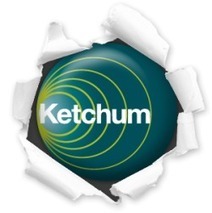“To touch and improve lives” is the stated purpose of Procter & Gamble. One has to ask: Doesn’t every company want to improve the lives of its customers, employees, and other stakeholders? Would a company deliberately not want to improve lives?
...In an October interview with Fortune, P&G CEO and Chairman Bob McDonald discussed the financial pressures facing the company and outlined some of his initiatives to address these.
However, this interview raised more issues for me than it did answer or address them. There’s the problem of the multiple messages that employees hear each day. There’s the 40-20-10 plan asking employees to focus on 40 biggest categories/countries, 20 biggest innovations, and 10 emerging markets. Then there’s a message to focus on “discontinuous innovation,” in other words, radical or revolutionary innovation. So does that mean only discontinuous innovations will be accepted and funded in the next few years? What about other less radical innovations? Where do they fit? Should employees bother recommending anything less than discontinuous innovation?...
[Is your corporate message, mission or tag line muddled? ~ Jeff]



 Your new post is loading...
Your new post is loading...












Tom Foremski shares some clear lessons for corporate communicators including: "organizations must avoid vanity media and report and share stories that engage their audience." He also worries about journalism in an era where page views count more than news.